Miniature Painting………. Yesterday, Today and Tomorrow
Painting has been an integral part of human life since time immemorial. It evolved, developed and changed forms throughout the history. One particular style that gained immense popularity is miniature painting. Although this expression is primarily associated with Muslims but is was deeply rooted in regional painting styles especially Chinese. This genre of art was predominantly illustrative and was integral part of most of the manuscripts. Painters of high merit were engaged for ambitious projects initiated by not only Muslim rulers but courtiers, ministers and rich citizens also used to take pride in the numbers of manuscripts that were produced in their Kutab Khana because the books were considered a status symbol in previous centuries.
Turkey, Iran, Afghanistan, Central Asia were the great centres that were famous for their production of high-quality miniature paintings. Later on, Subcontinent was added to this group with much contribution in this regard.
Within Subcontinent many schools of miniature painting flourished in different time periods and in different regions with strong roots in Ajanta and Jain paintings. Sultanate period had a heavy flavour of Iranian art with centres like Golconda, Ahmednagar, Bijapur, Deccan etc. This influence continued in the Mughal Darbar but over the years, local flora and fauna also found their way that give birth to a true Indian miniature painting. Mughal kings Humayun, Akbar, Jahangir and Shahjahan were great patrons of art and miniature painting flourished during their rule. Alamgir and later period marks the beginning of local schools. Lucknow, Faizabad, Murashadabad and other local rulers had many painters working for them. On the other hand, Rajputana states produced miniatures of great merit. Maidani states of Mewar, Kishangarh, Bikaner generated beautiful manuscripts. Pahari principalities also had miniatures of great merit. Basholi, Guler, Kangra are few names of many art centres. The subject of Rajputana paintings was mostly Rama and Krishna stories.
Beginning of 19th century saw the peak of Sikh Raj that brought an art style that was unique in its own right and the prominent centre was Lahore.
After partition although miniature lost its popularity for some time but great masters like Haji Shareef and Shujaullah never gave up and kept it alive. It again became popular when the young generation of Pakistani painters added newer elements to this traditional art form. This gave birth to the movement of Neo Miniature that has dazzled the world till today.
Current exhibition is covering up much of the evolution of miniature painting of the past centuries in the Subcontinent. Not only the older traditional styles are put on display but the modern and contemporary works are also put on the wall. This holistic approach is a wonderful initiative where all are given due respect because no modern can evolve without its roots in tradition.
(Dr. Kanwal Khalid)
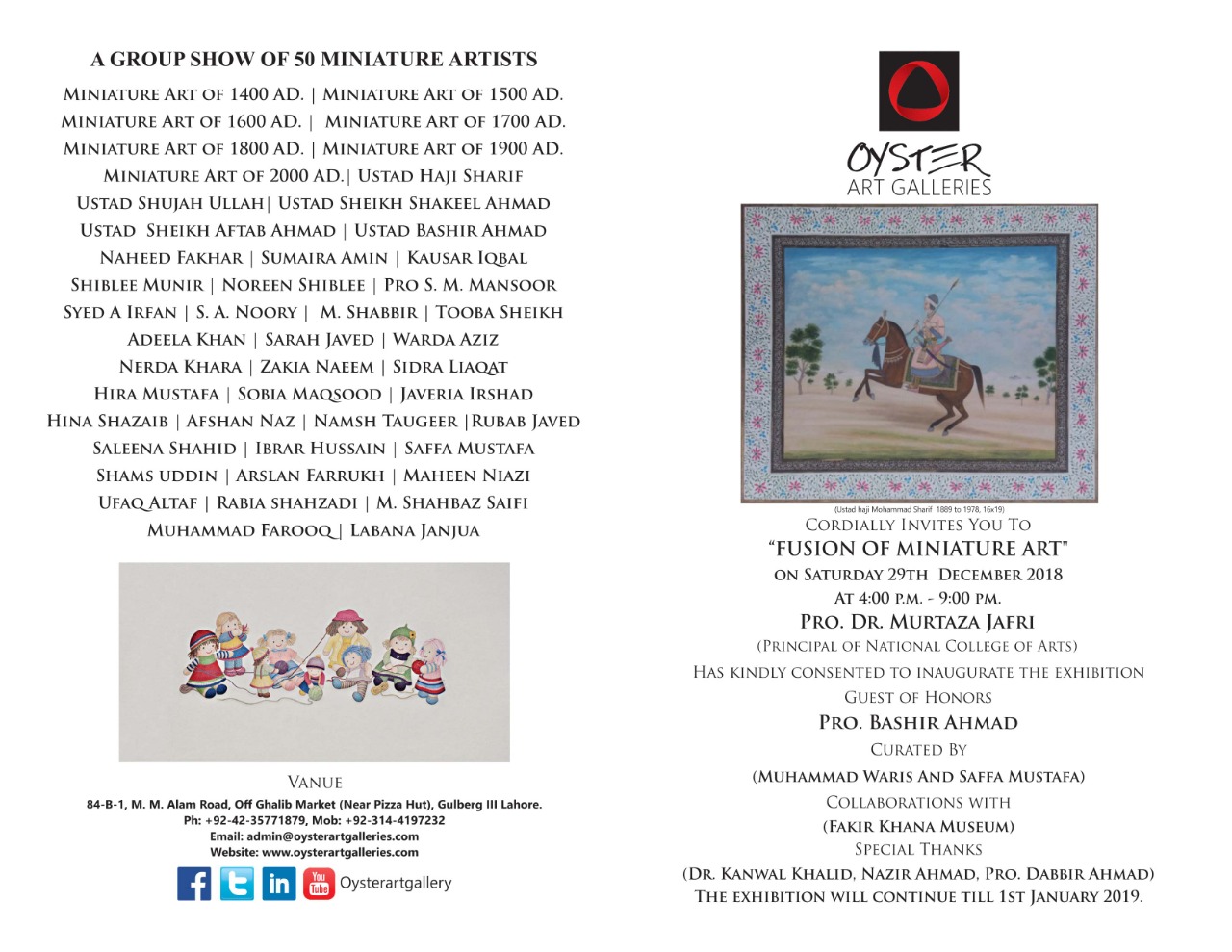




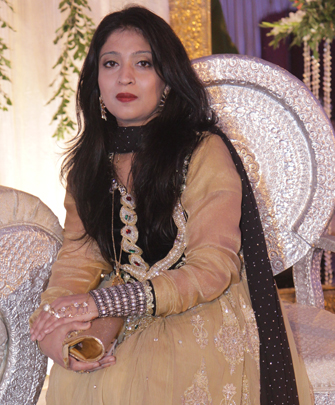
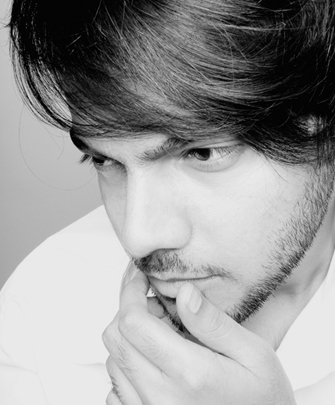
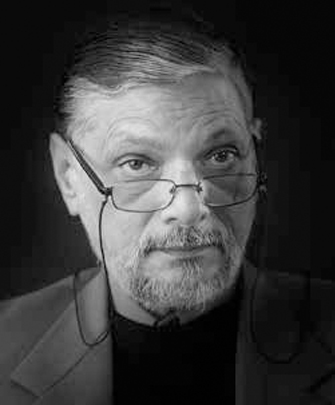
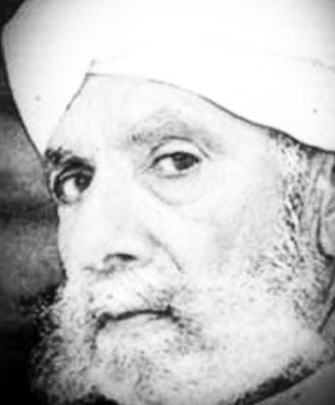
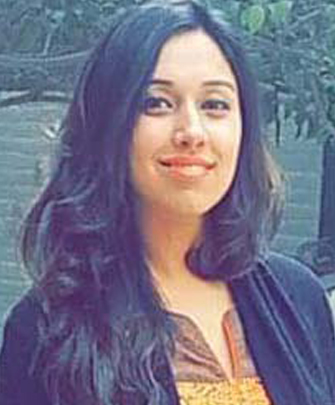
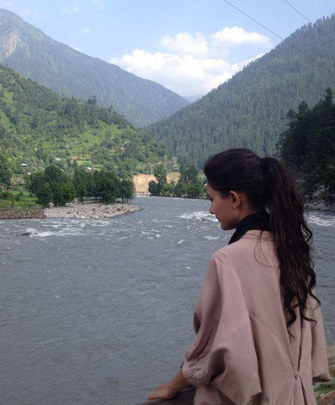
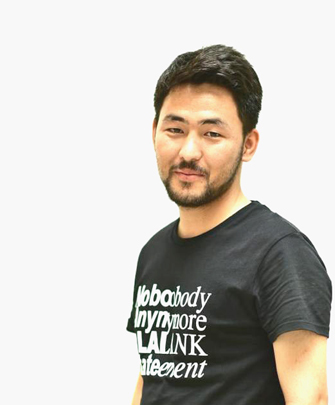
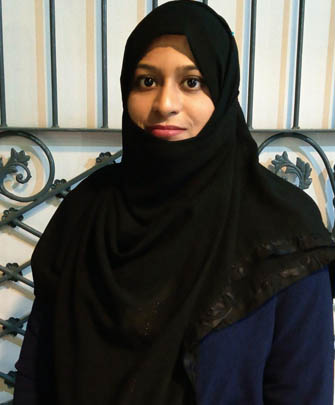
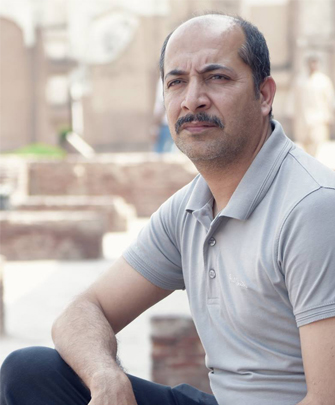

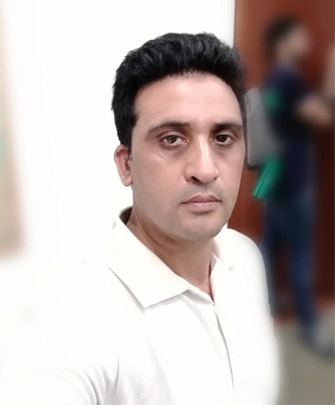
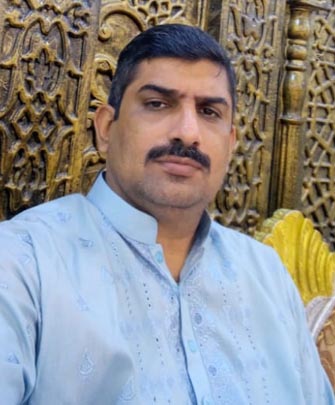
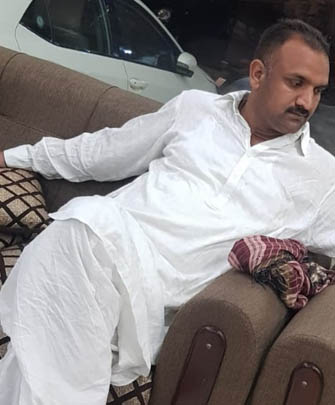

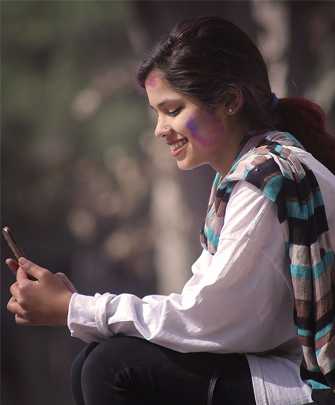


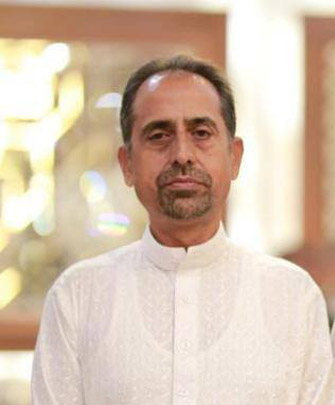
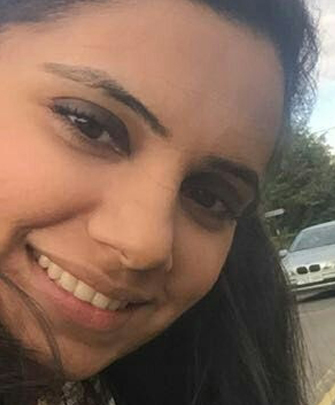
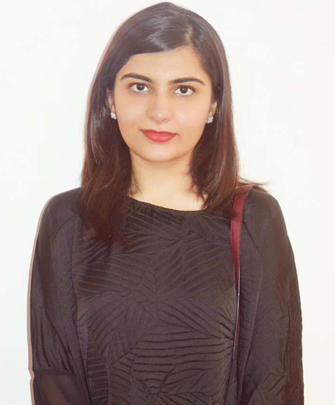
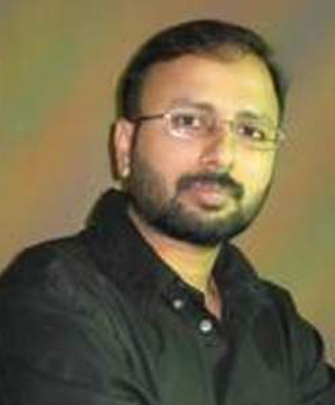

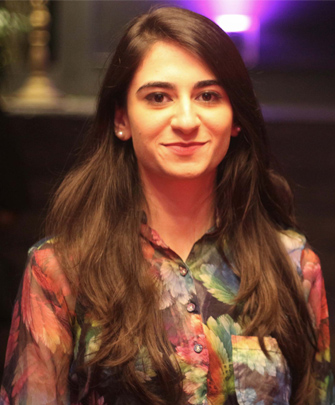


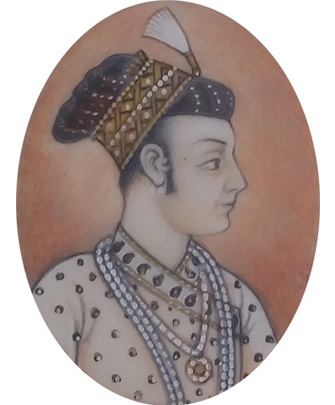

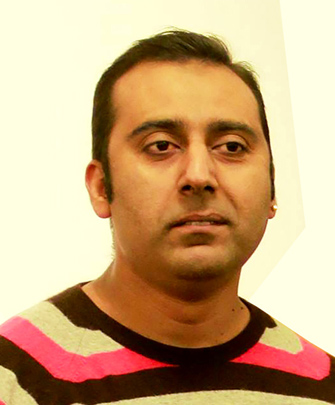
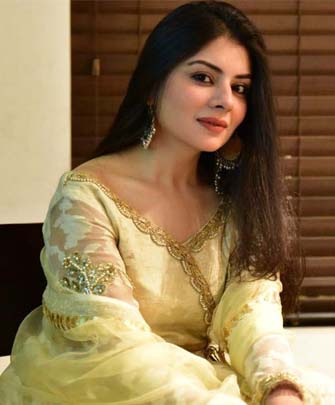


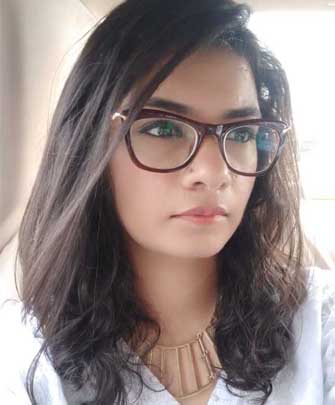
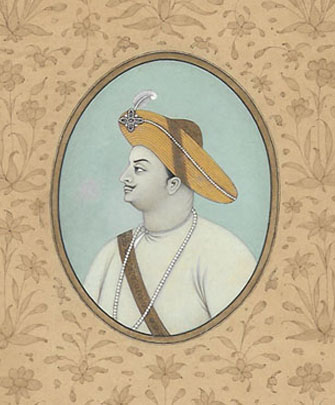
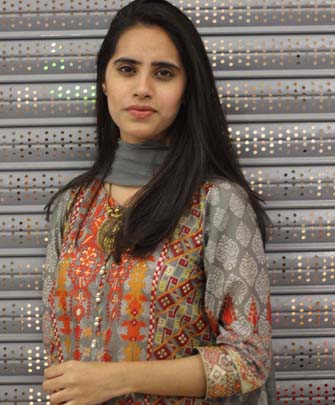
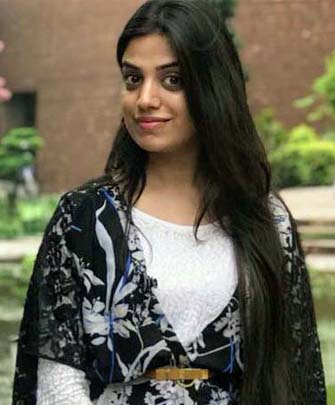

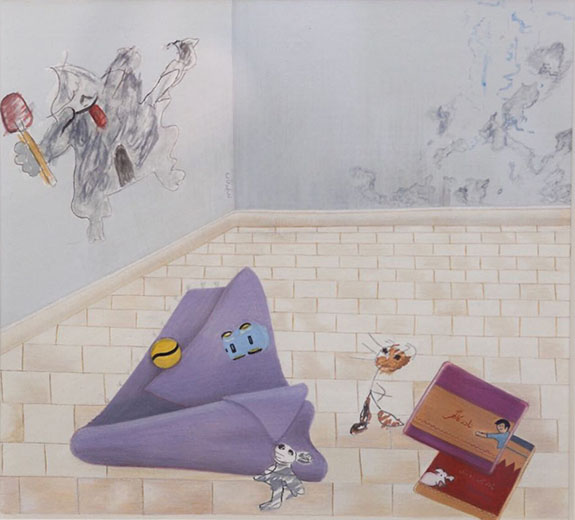

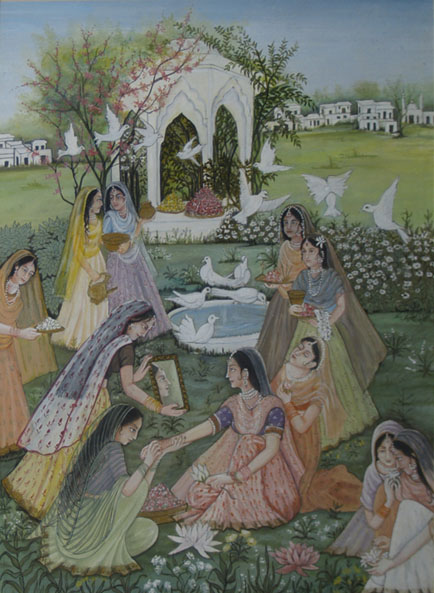
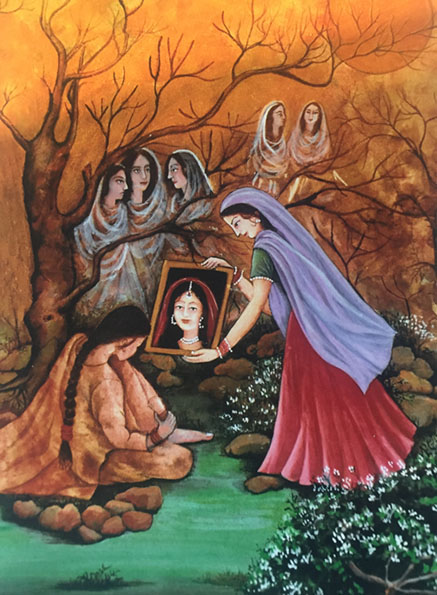
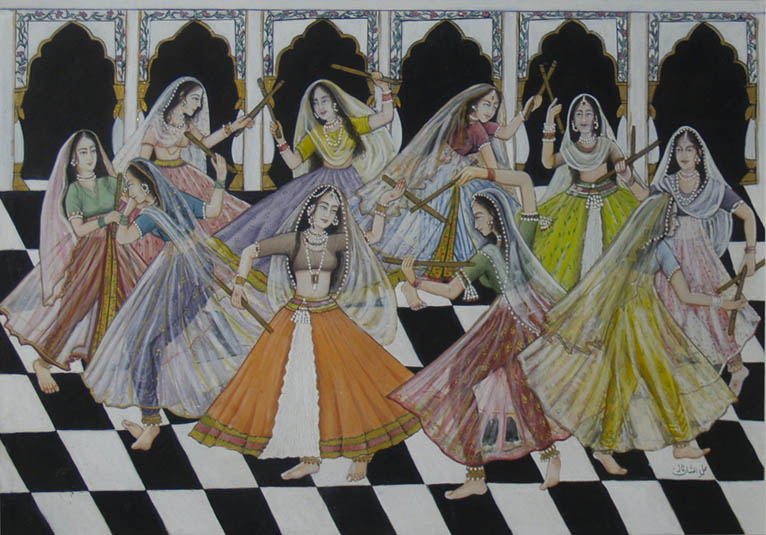
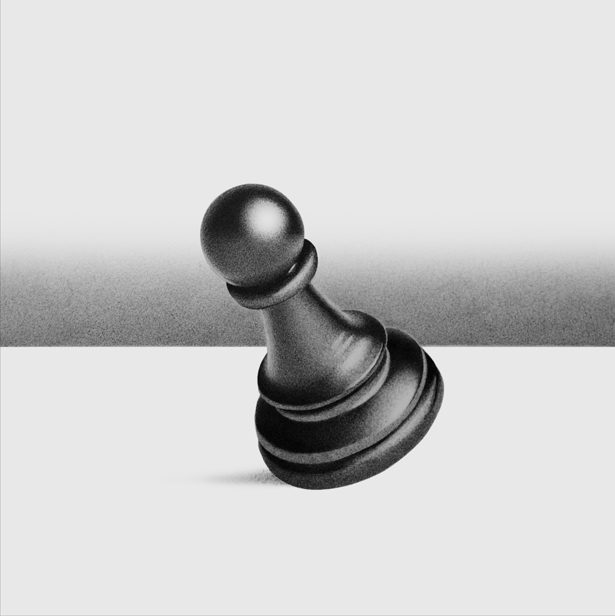
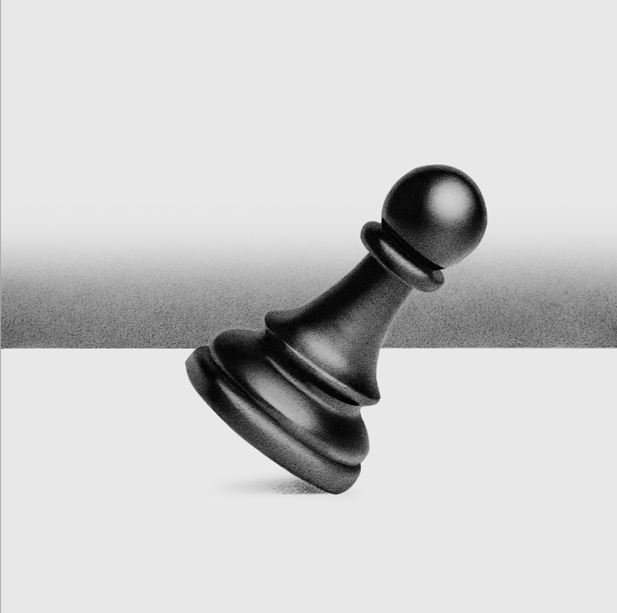
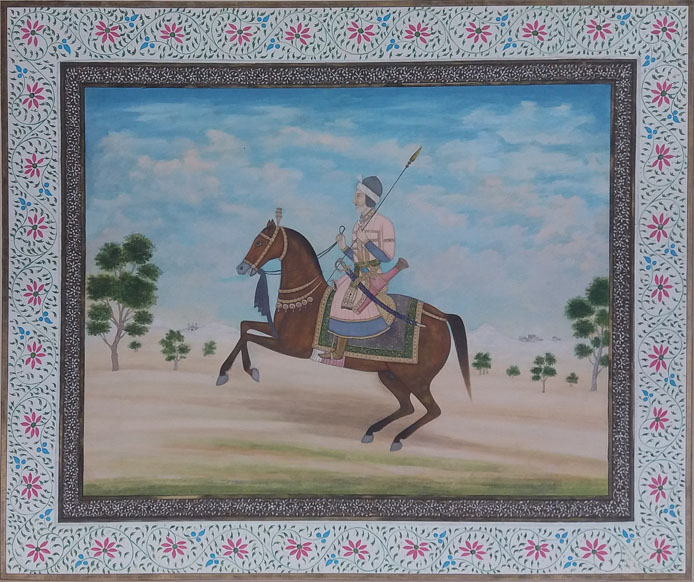
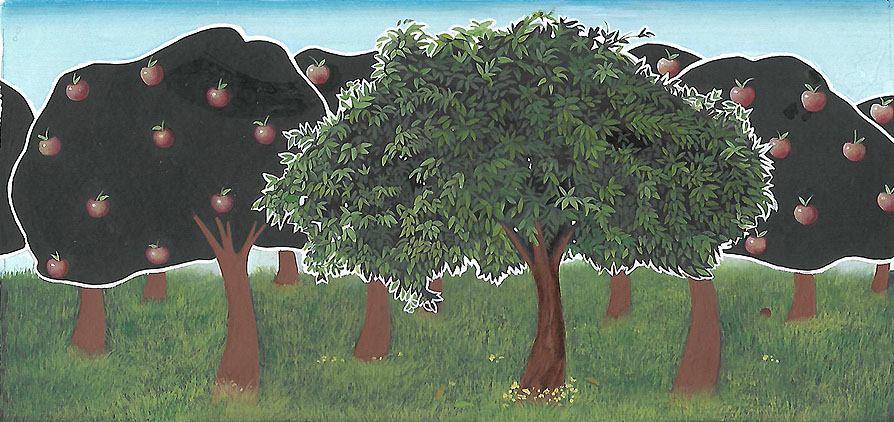
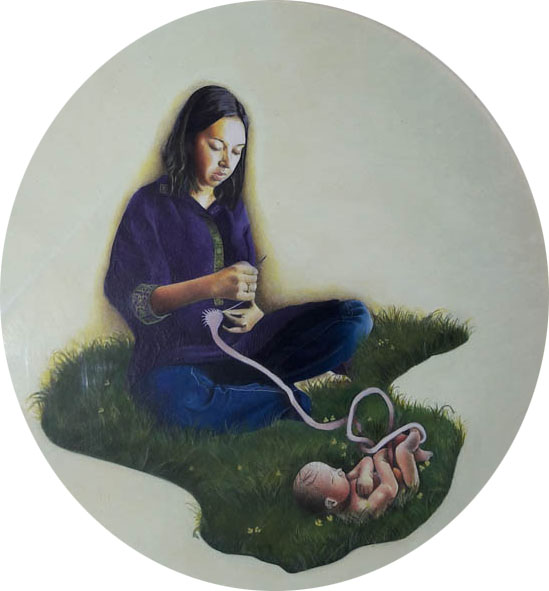
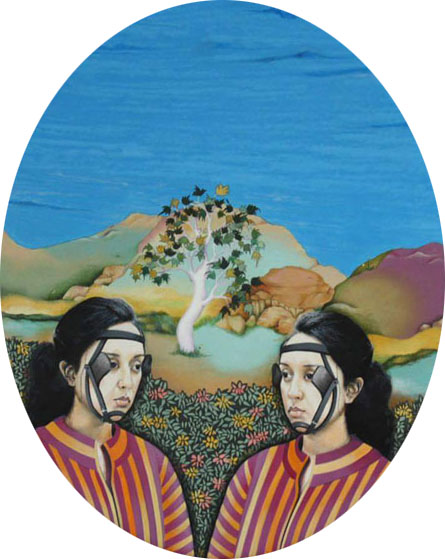
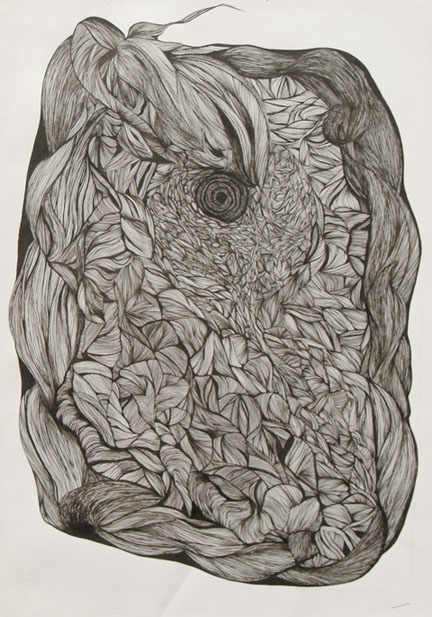
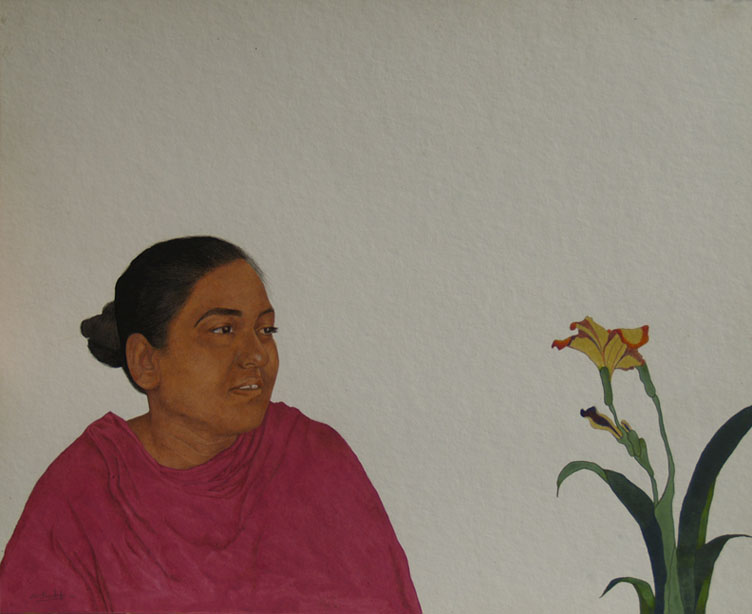

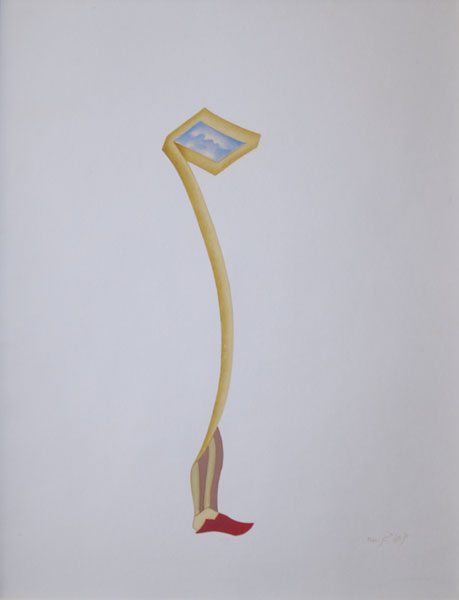
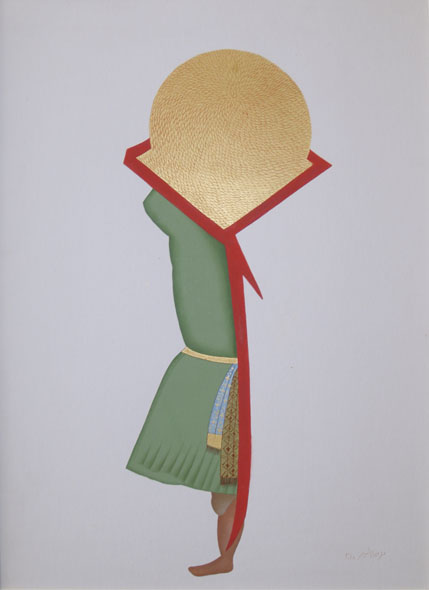
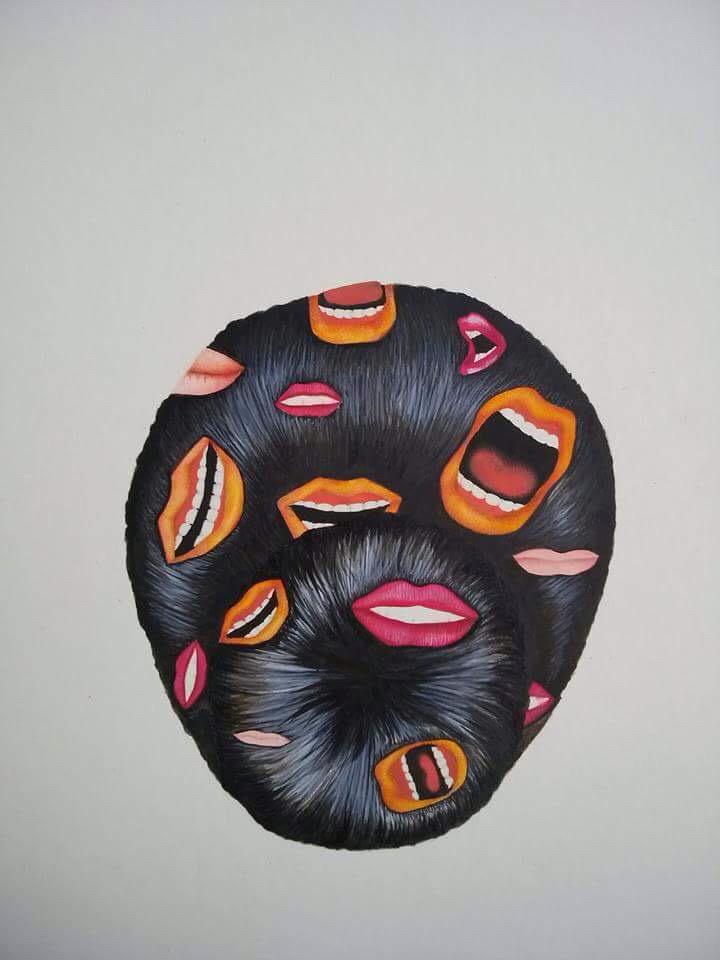
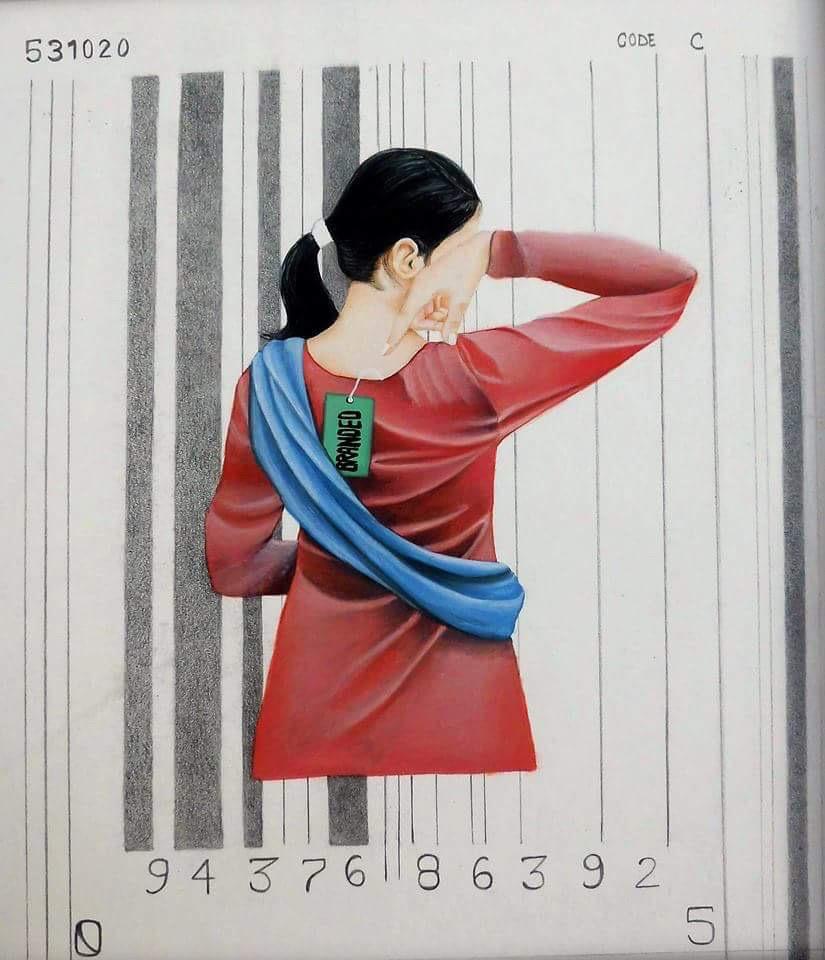
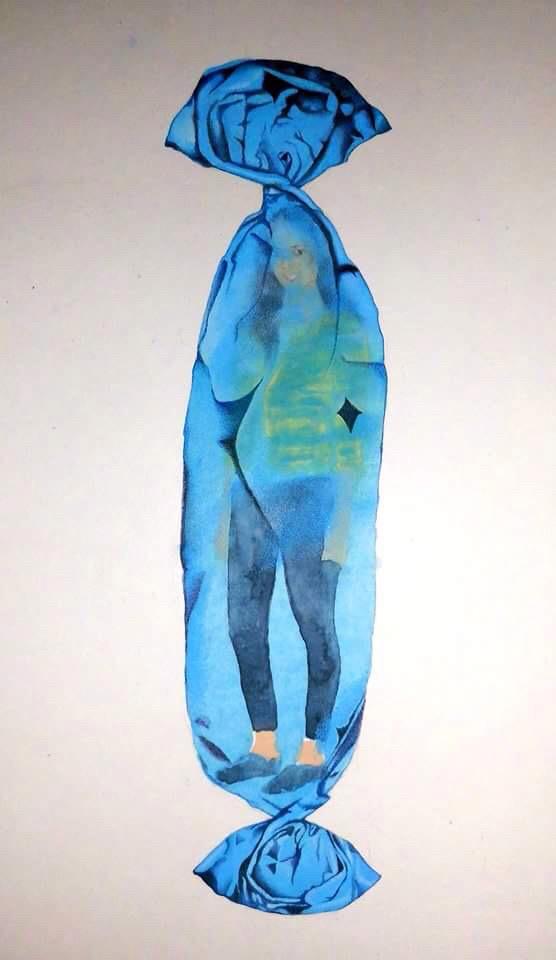
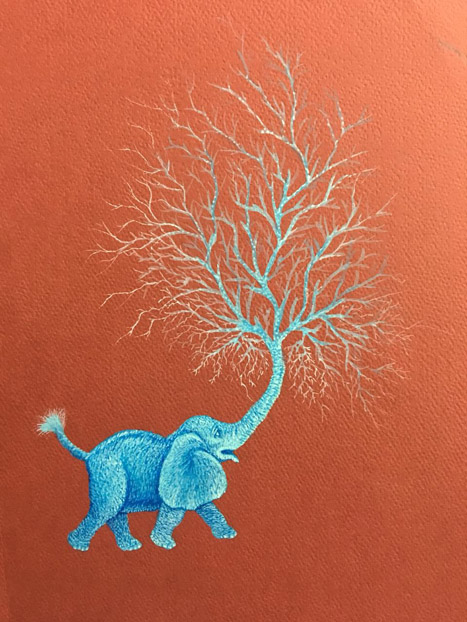
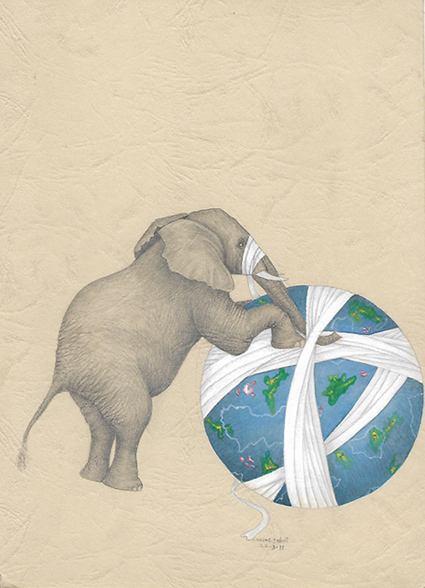
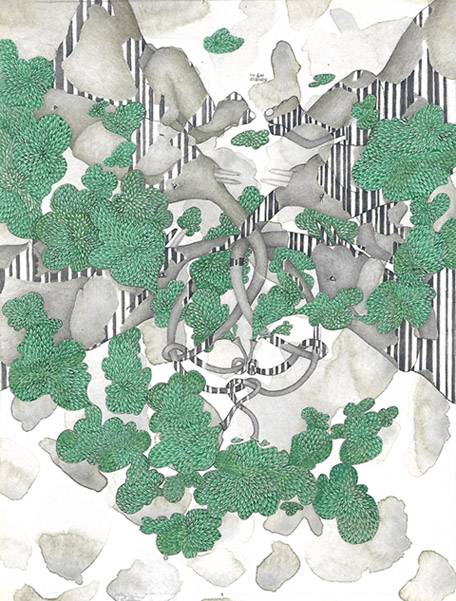

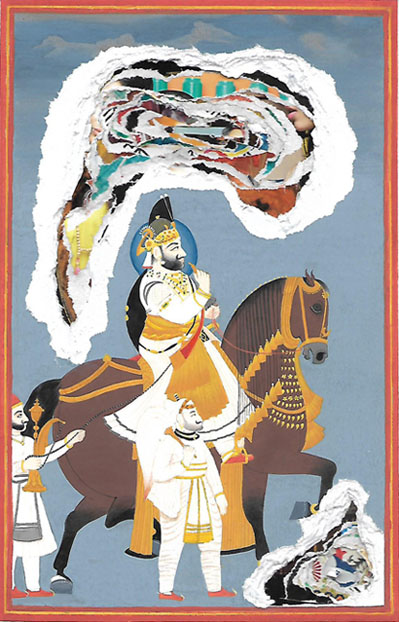

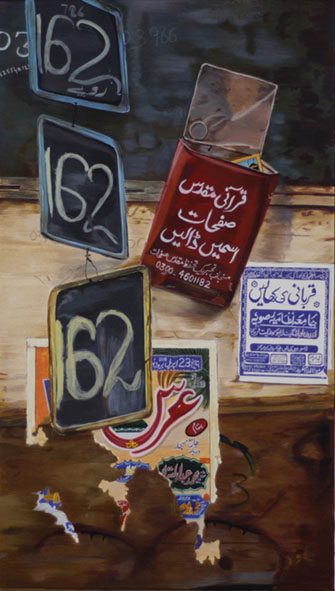
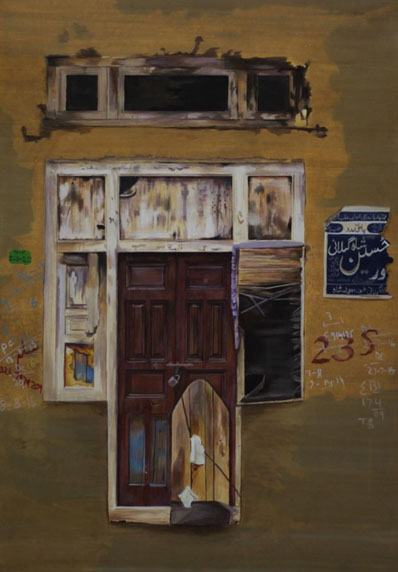


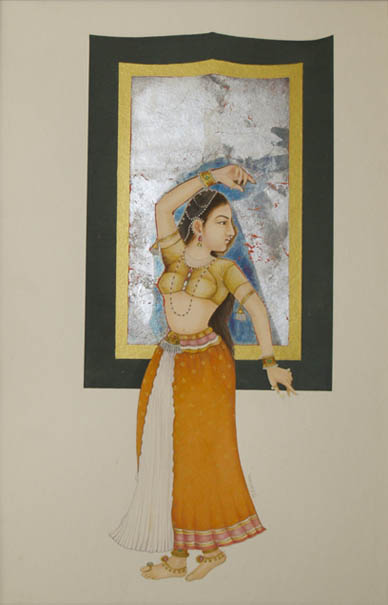
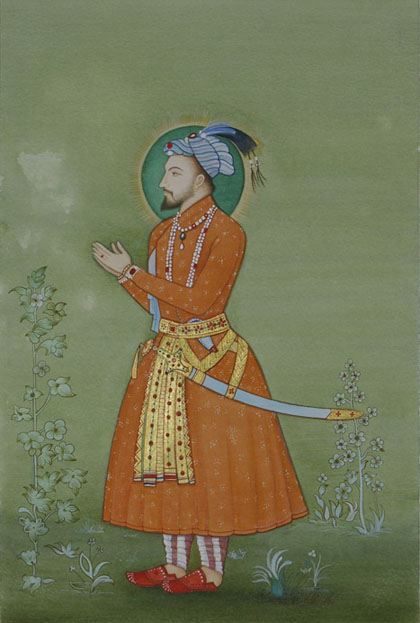
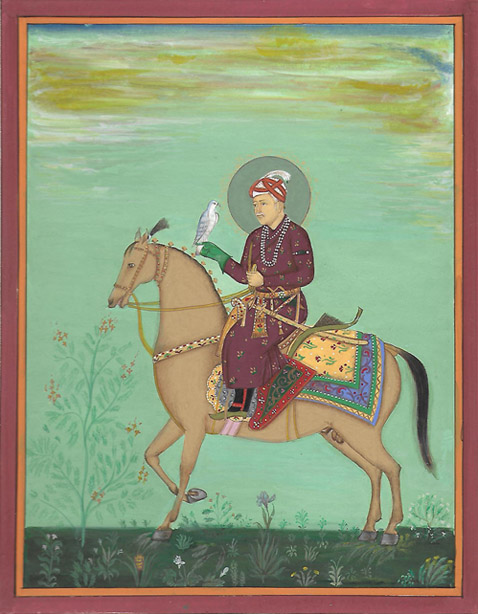
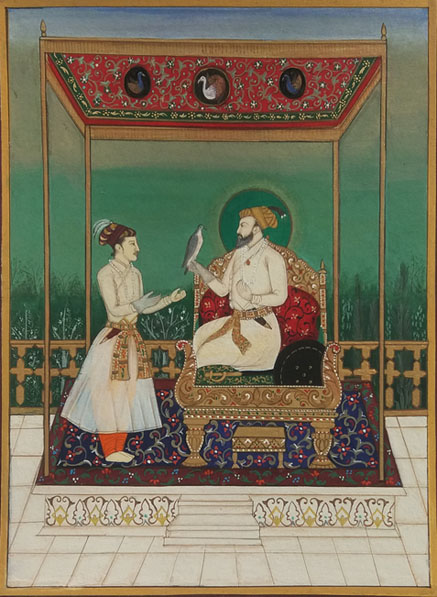
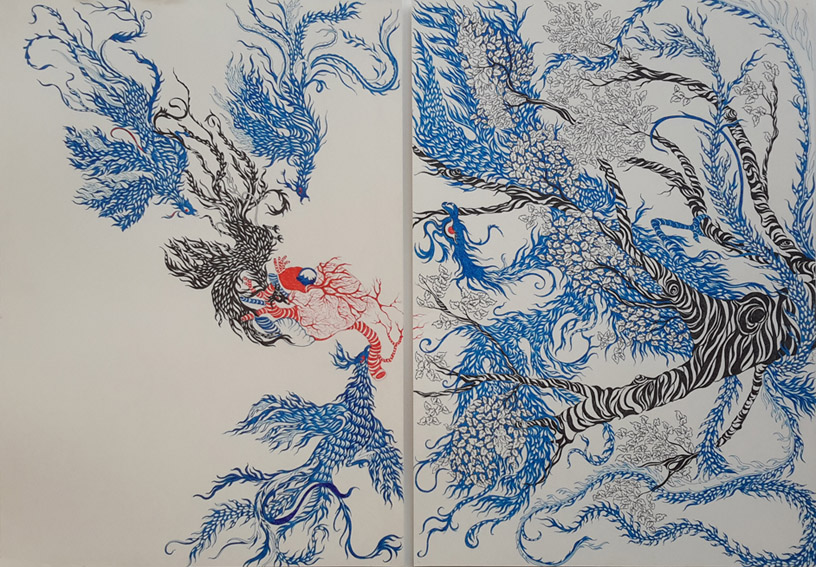
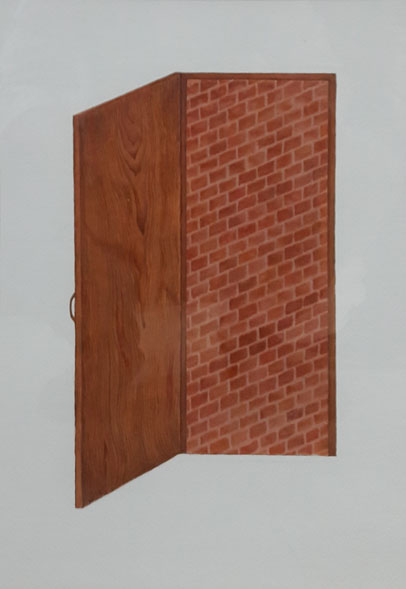
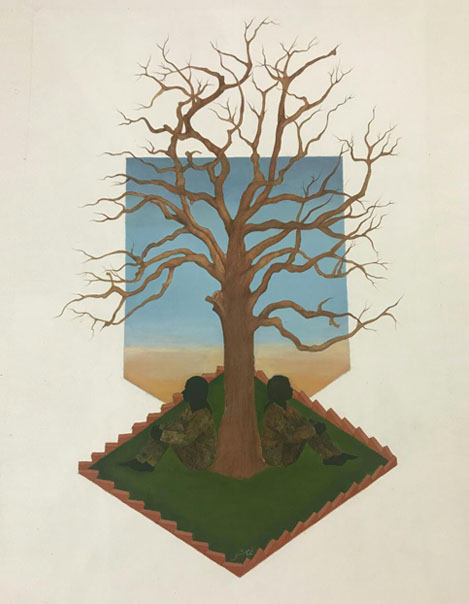

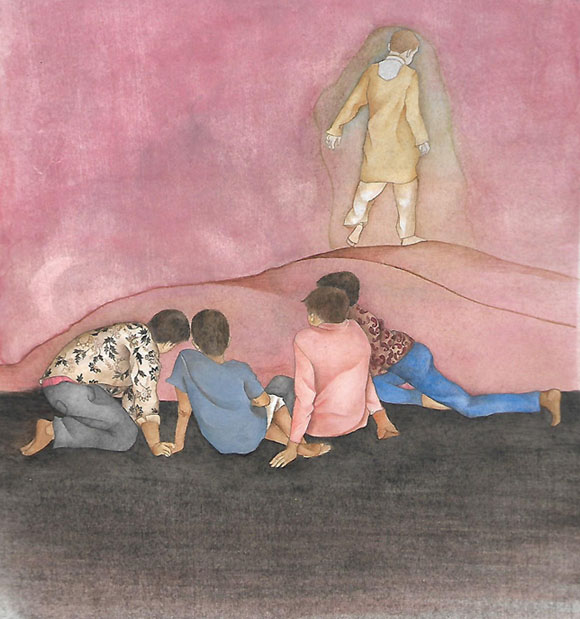
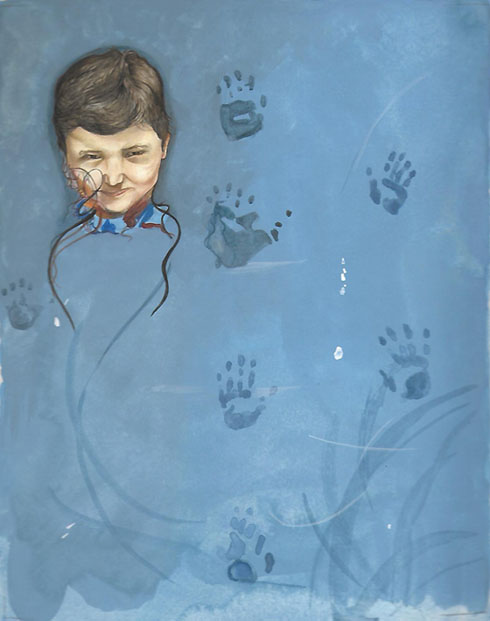
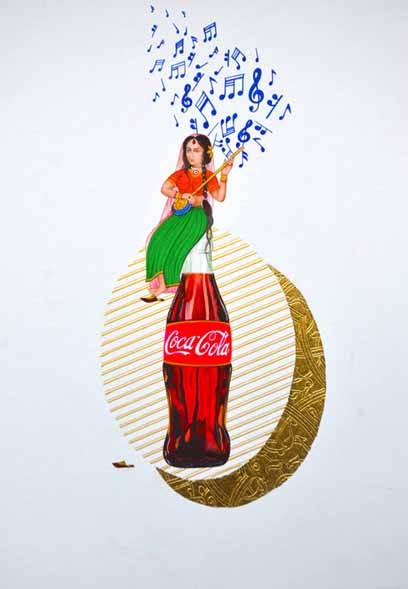
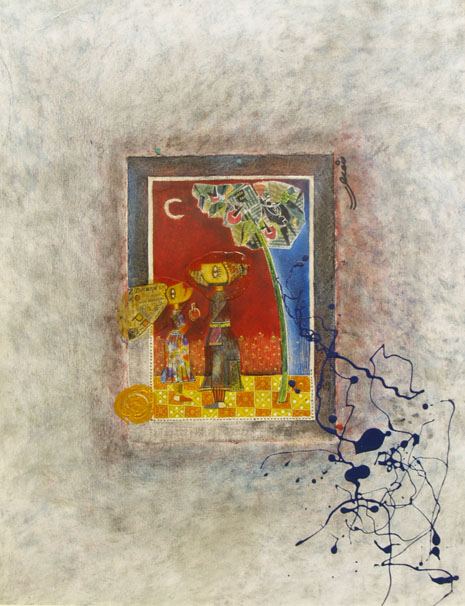


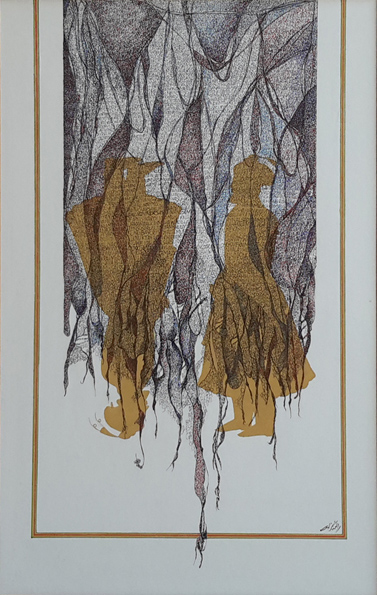
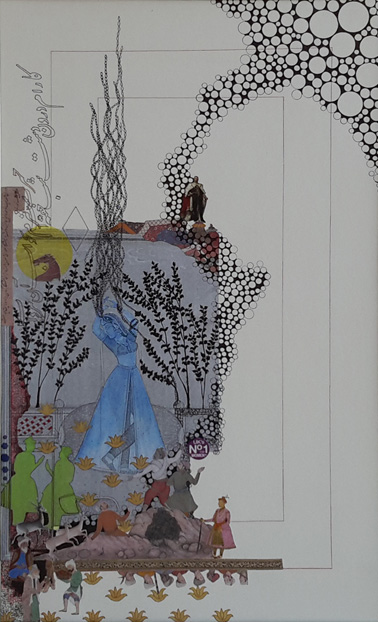

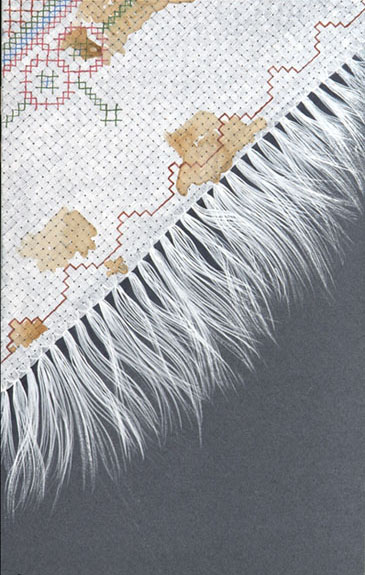
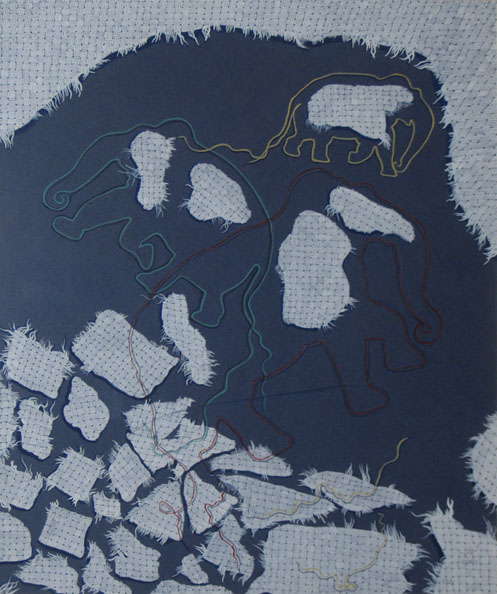
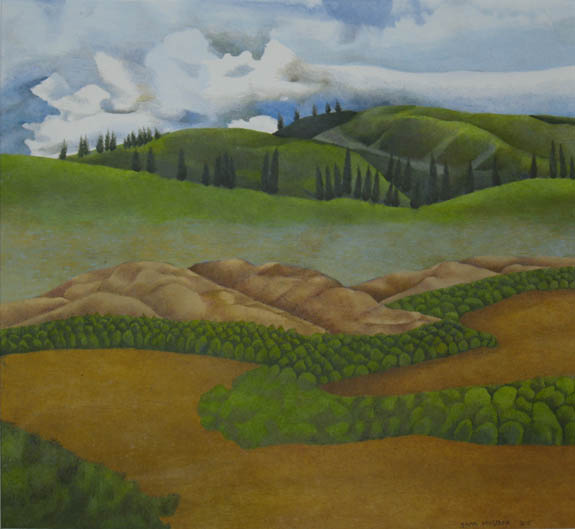
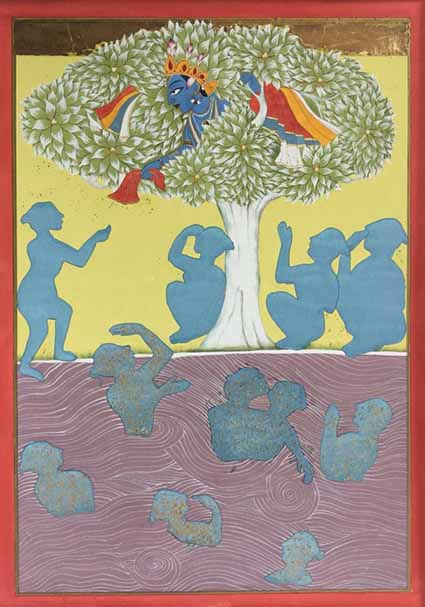
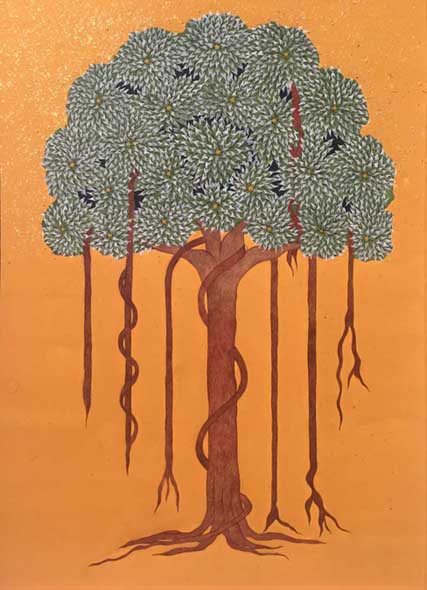
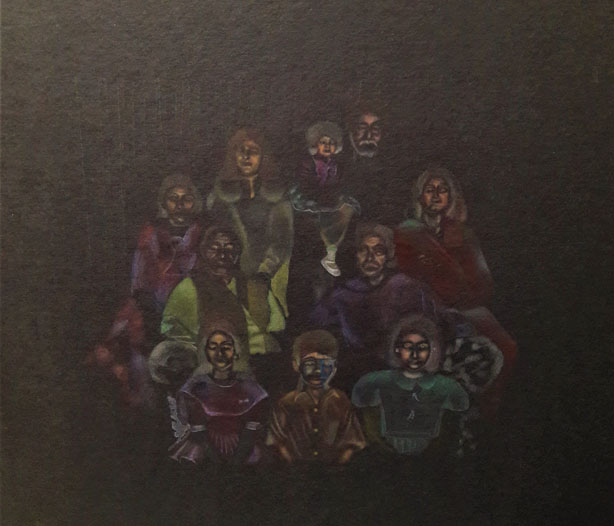

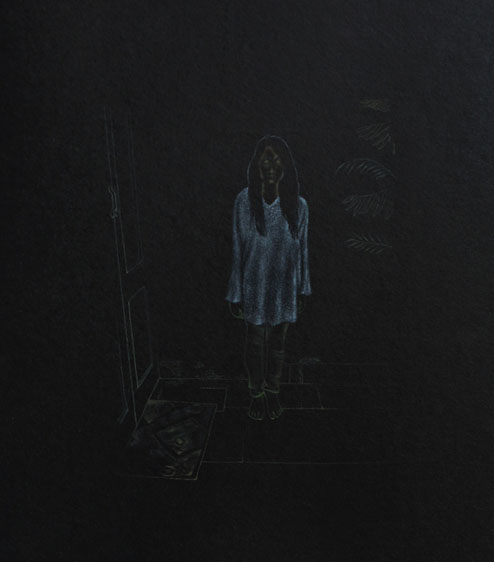
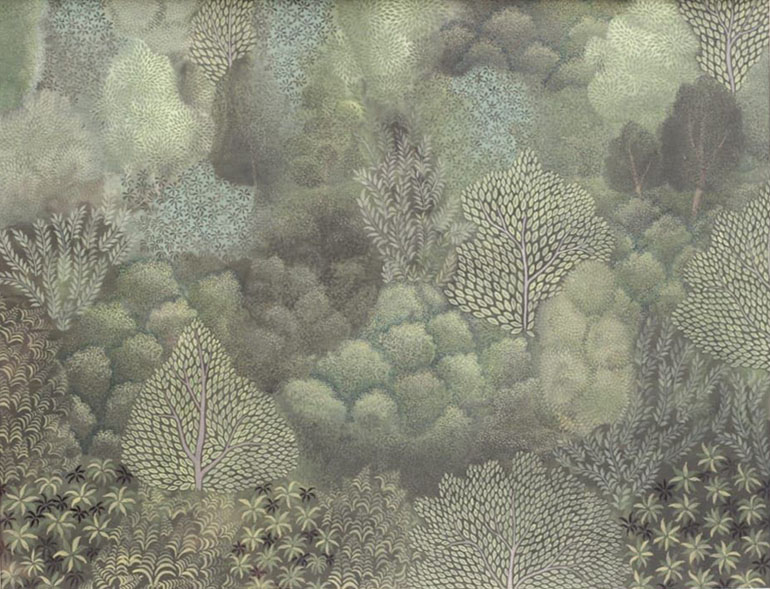

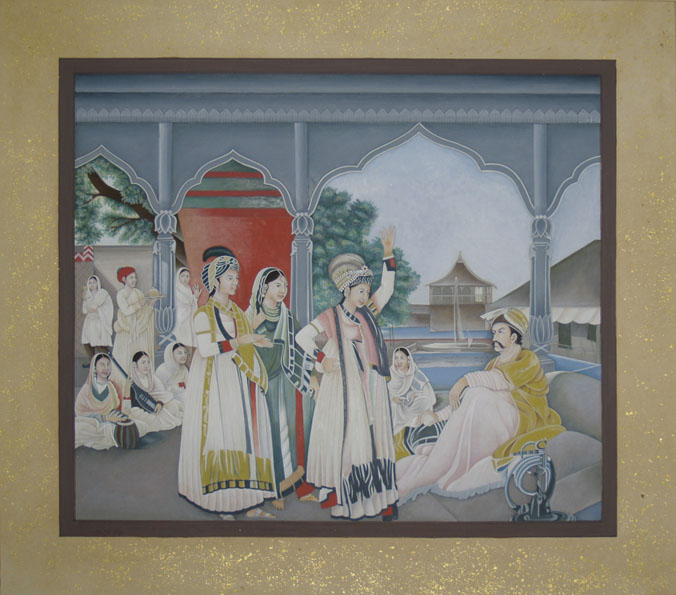



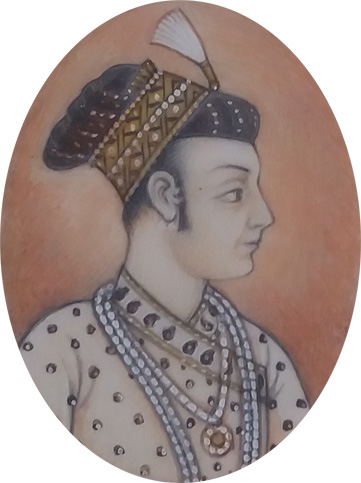
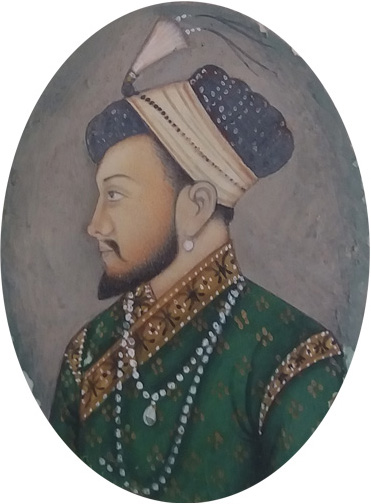
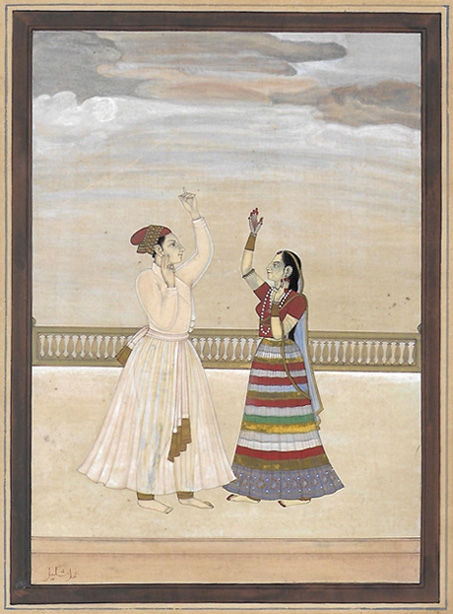
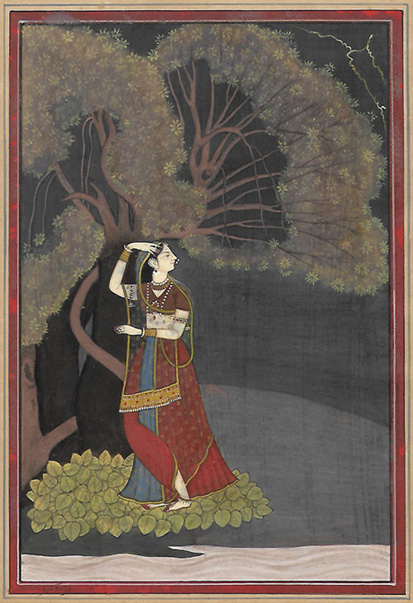
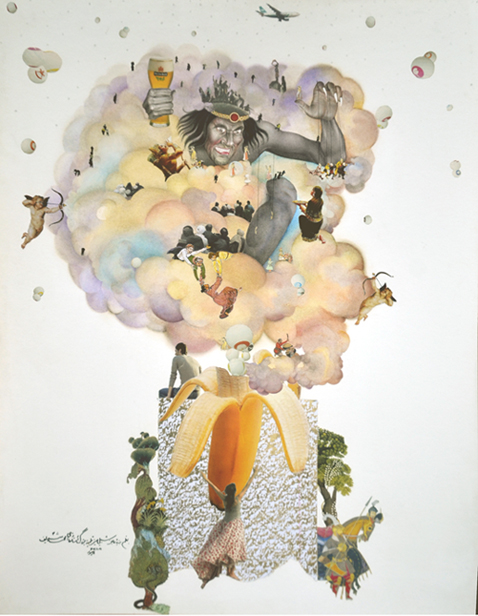
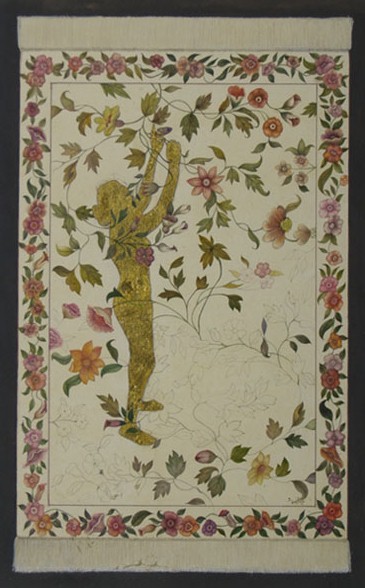

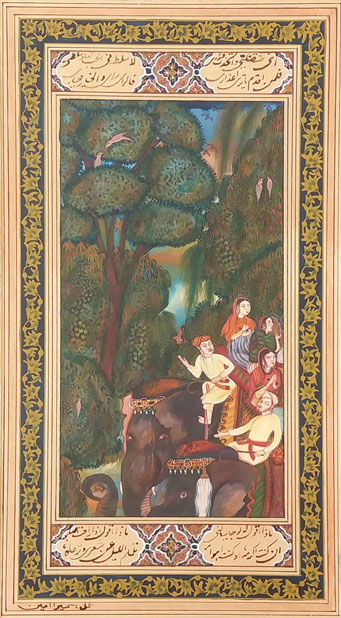
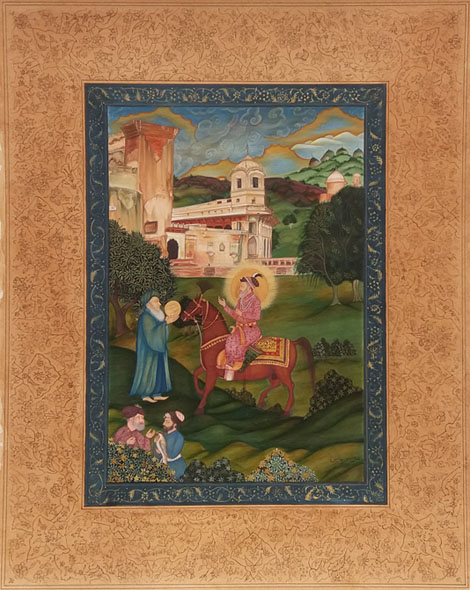
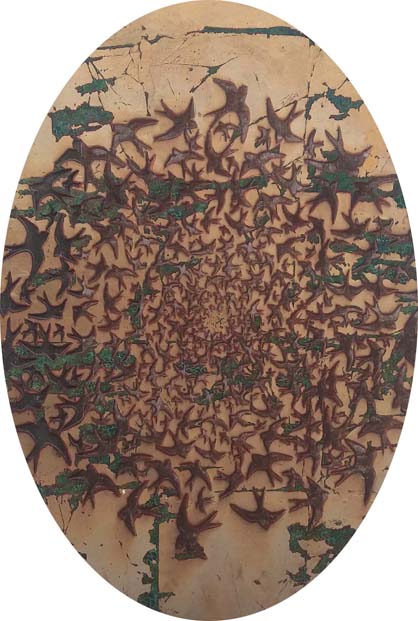
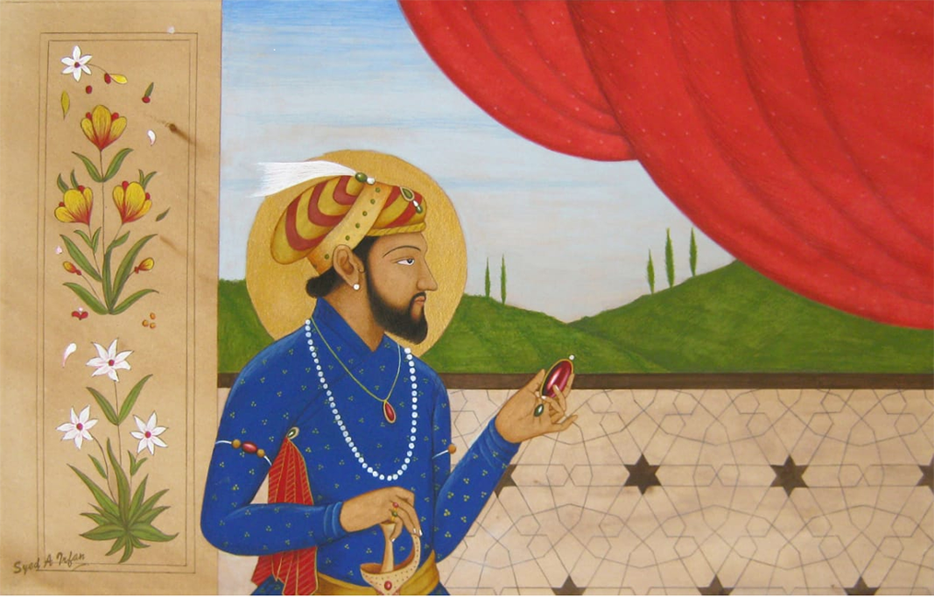
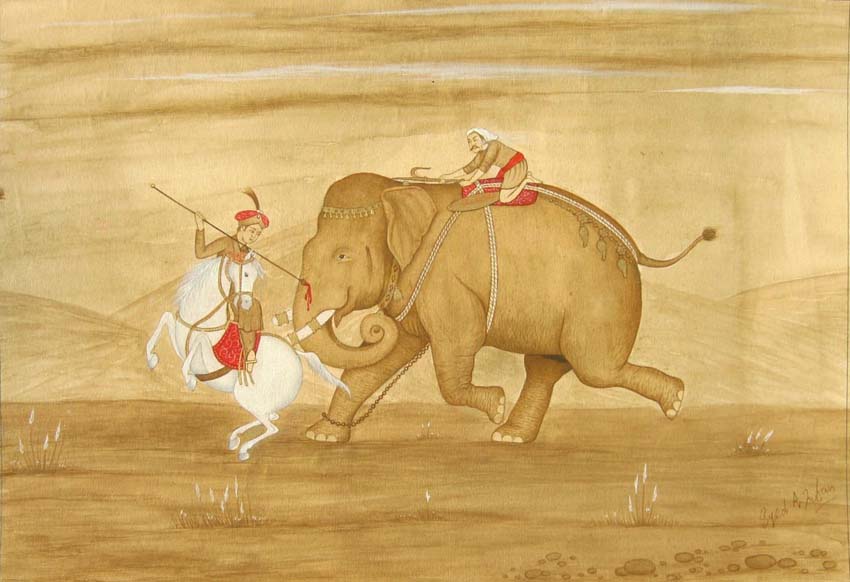

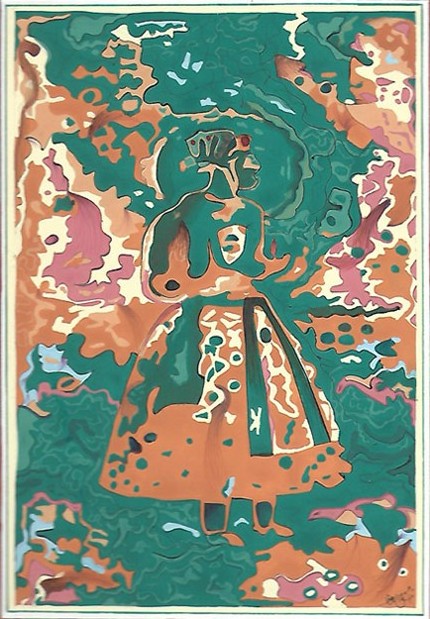
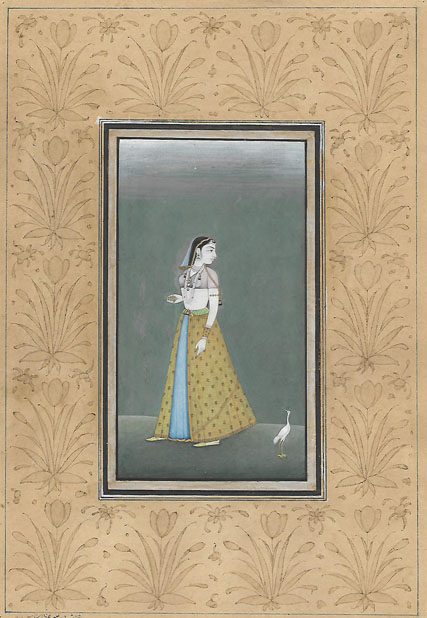
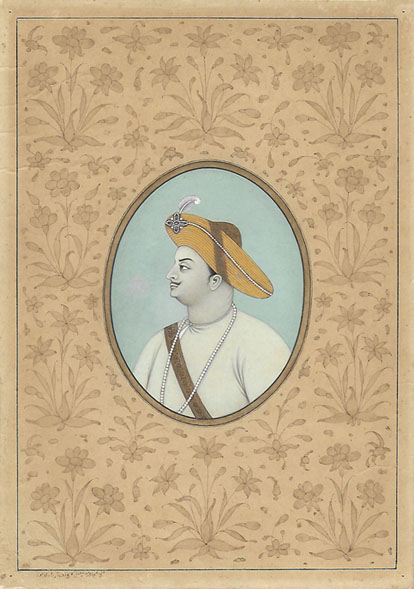

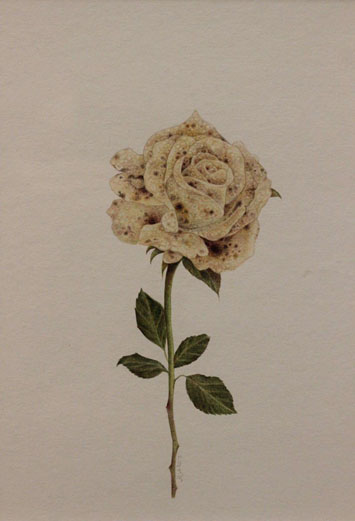
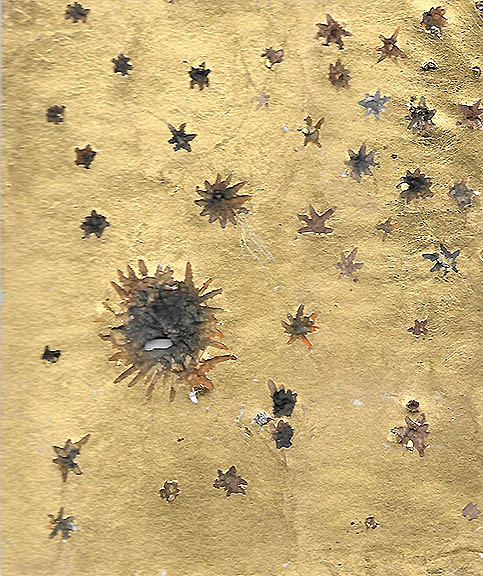
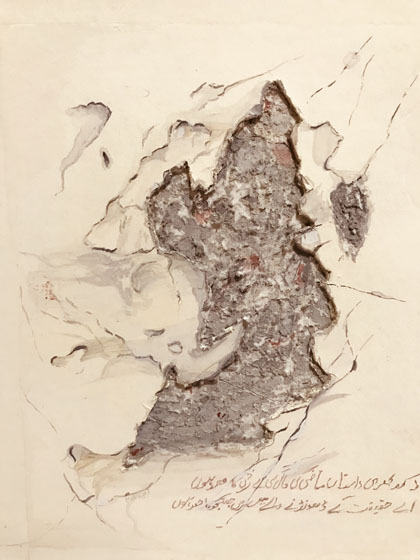
.jpg)
.jpg)
.jpg)
.jpg)
.jpg)
.jpg)
.jpg)
.jpg)
.jpg)
.jpg)
.jpg)
.jpg)
.jpg)
.jpg)
.jpg)
.jpg)
.jpg)
.jpg)
.jpg)
.jpg)
.jpg)
.jpg)
.jpg)
.jpg)
.jpg)
.jpg)
.jpg)